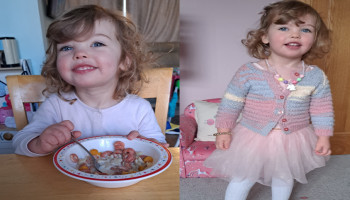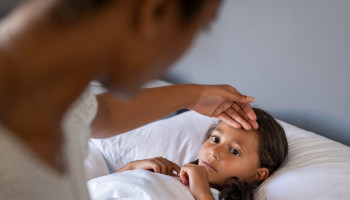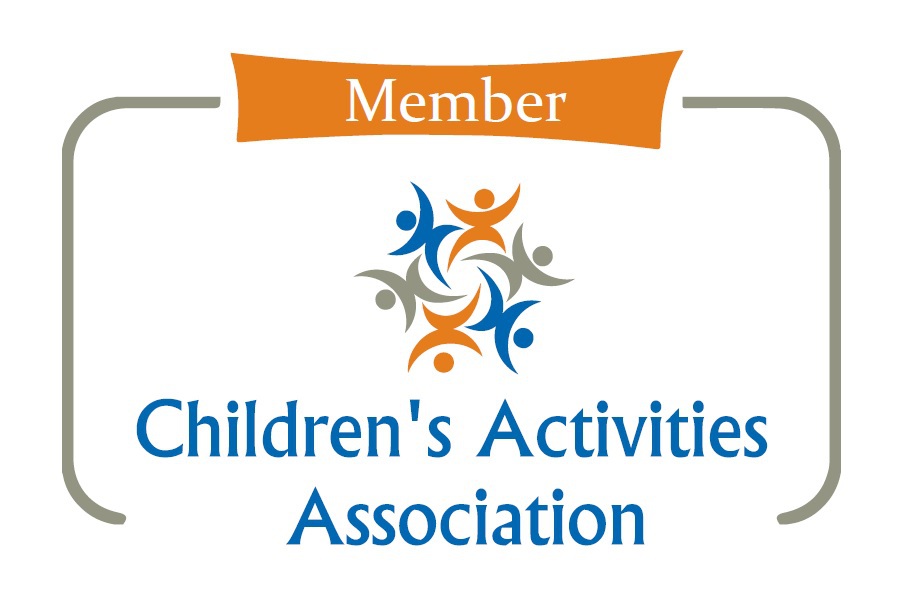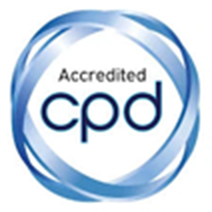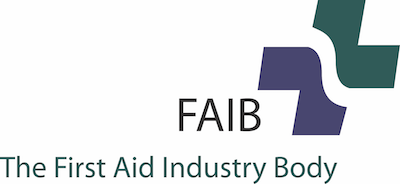There has been a lot in the media about dangerous dogs recently, and at Mini First Aid we think it’s important to set minds at rest. At Mini First Aid HQ we love our dogs, and we know that with the right routines, schedules and behaviours in place, a dog can become a loving part of your family.
We wouldn’t be Mini First Aid though if we didn’t think “safety first”. So with the help of our friends at the Child Accident Prevention Trust, we’ve put together a guide on how to prevent accidents involving our furry friends – your own, and other people’s.
What are the safety statistics?
In 2022, over 1,700 children were admitted to hospital with dog bites. Perhaps surprisingly, these bites most frequently occurred at home, or with a familiar dog. Fortunately, most dog bites are preventable – below, we explain how.
Children unfortunately are more vulnerable to dog bites. They are naturally more energetic, more touchy-feely and more playful, and whilst this can create a lovely bond it can also cause dogs to feel stressed.
What are the signs of a calm, happy dog versus an angry or unhappy dog?
Dogs that are relaxed and confident are far less likely to bite. Dogs Trust and the RSPCA have some great guidance on what to look out for. You’ll notice that:
· Their tail hangs and moves loosely, free from tension – a wagging tail is a good sign!
· The body and face are also free from tension, and you can see the dog’s face is relaxed – an indicator of this is an open, relaxed mouth, possibly with tongue hanging out
· Their ears are in a natural position, or slightly forward
Dogs that are worried might:
· Have their tail tucked under, instead of free and wagging
· Have their ears back
· Not make eye contact
Dogs that are angry might display the following behaviour / signs:
· Their tail might be bolt upright and stiff, or tucked between their legs
· Teeth might be exposed with lips drawn back, and the dog may be snarling
· Pupils dark and enlarged with eyes staring at you
· Their hair might be raised
When dogs behave like this they are very clearly signalling that they want you to stay away or go away.
Like people, all dogs are different. So get used to your own dog’s body language, so you can quickly establish when they are getting anxious or frightened, as this is when they are more likely to bite.
What should I do as a dog owner to make sure my child is safe?
There are loads of things you can do to make your home a happy place for both kids and the dog!
1. Close supervision is the most important thing to keep children safe around dogs. Watch, listen and remain close at hand when your child and dog are together. This will allow you to spot changes in your dog's body language and separate them as necessary. If you are busy and can’t supervise closely, use safety gates to keep them apart.
2. Make sure your dog has a “safe space” of their own where they can go if they need time out. Have a family rule that you and the children leave them alone when they are in this space.
3. Teach your child to leave the dog alone at potential “trigger times” such as when they are sleeping or eating. Also make sure your child knows that just like them, their dog may not want to share their own special toy!
4. Keep your dog well occupied, both physically and mentally – this will keep them happy and stop them getting stressed out.
5. Make sure your child knows not to shout near your dog, or give it cuddles where it feels “trapped”. Show them how to give affection in a way your dog welcomes.
6. Step in and intervene if you notice your dog or child behaving unsafely, or if either of them look uncomfortable.
7. If you have concerns about the way your dog interacts with your child, talk to your vet. They’ll check your dog’s health and can refer you to qualified animal behaviourists.
I’m not a dog owner, but what do I need to know when we meet other people’s dogs?
As a general rule, most children love dogs and will merrily approach them when on walks or in the park, if you let them. It’s a shame you have to be cautious, but it really is important to teach them some doggy etiquette! It is also more respectful to the owner, who might not appreciate being stopped by an over-exuberant tot twenty times during their morning walk . . .
From a very early age, communicate to your child that they must ask the owner’s permission if they would like to approach / stroke someone else’s dog, if they are unfamiliar to you. Demonstrate this behaviour yourself. This gives the owner a chance to communicate whether their dog is happy to be approached / stroked. If they are a doggy that doesn’t like children, calmly explain this to your little one – you can still wave and say hello quietly from a distance.
What should I do if my child is bitten by a dog?
Children’s small size means they will usually need medical assistance for a dog bite.
You must call 999 or go to A&E immediately if:
· The bite is on the face or head
· The wound is large or deep
· You can’t stop the bleeding
It’s awful to think about, but if a body part such as a finger has been severed, wrap it in clean tissue and put it in a plastic bag. Put ice around the bag and take this with you to hospital.
For a smaller bite:
· Try to remove any hair or dirt from the wound using running water
· Clean the skin around the wound with soap and warm water
· After cleaning the wound, gently pat dry with a clean cloth, apply antiseptic cream (such as Savlon) around the wound and cover it with a clean dressing such as a plaster from your first aid kit
· Call 111 or visit your GP so that a doctor or nurse can check the wound, and check the risk from tetanus or rabies
Whether you are a dog owner, or your child just likes to pat every dog they see, we hope this blog has been helpful and given you food for thought when mixing with our (usually gorgeous) canine companions!
All the best, Mini First Aid x
Sources: CAPT, Dogs Trust, RSPCA, NHS UK
Our Black Friday Mega Deal!
Save over £7 on three of our best sellers:
- Family First Aid kit - containing 115 essential first aid items - no home should be without one
- Savlon antispetic cream - for all those bumps, grazes and bites our little ones seem to attract!
- The Mini Adventures of Freddie - our gorgeous storybook teaches little ones to be mini superheroes!



